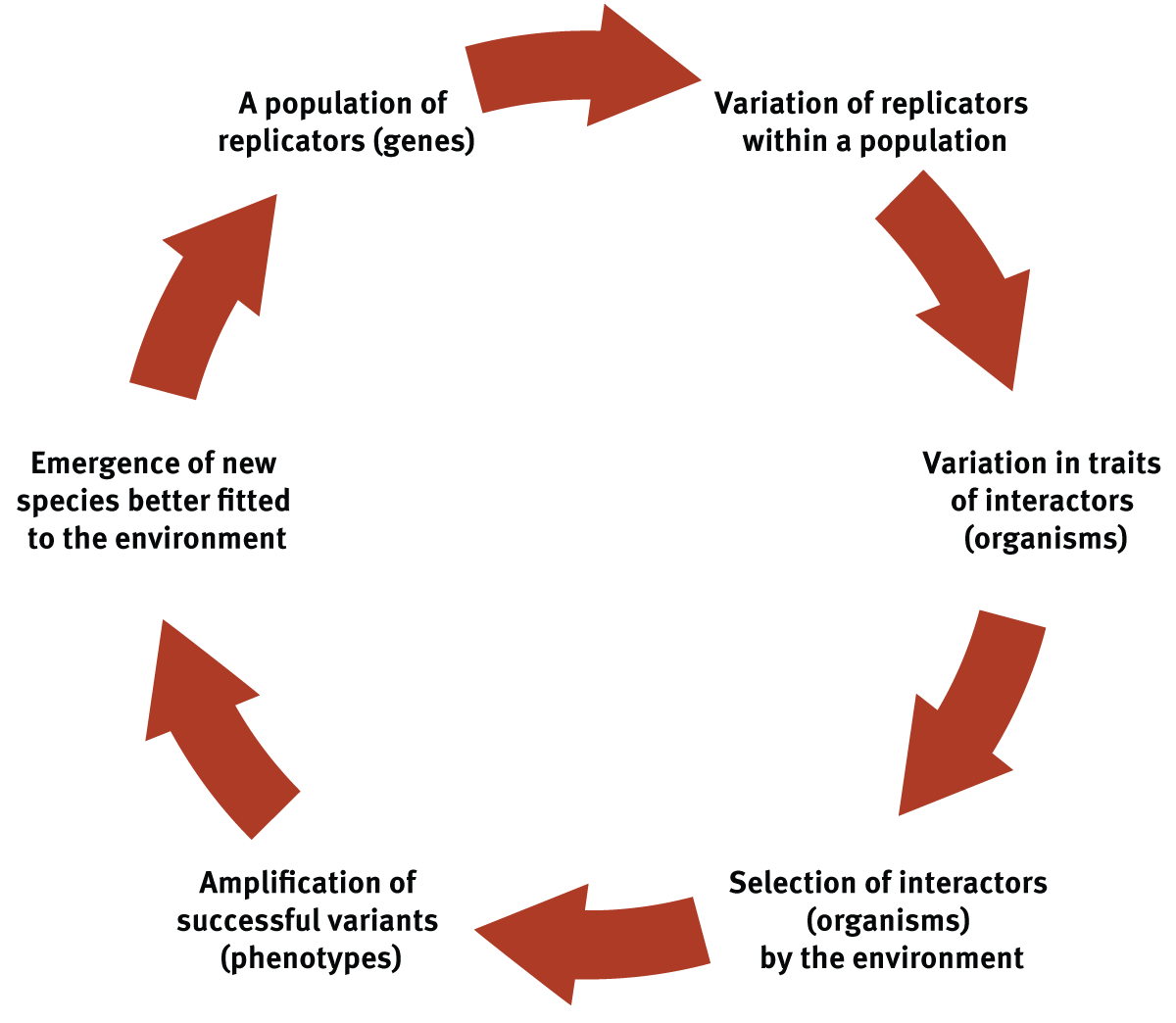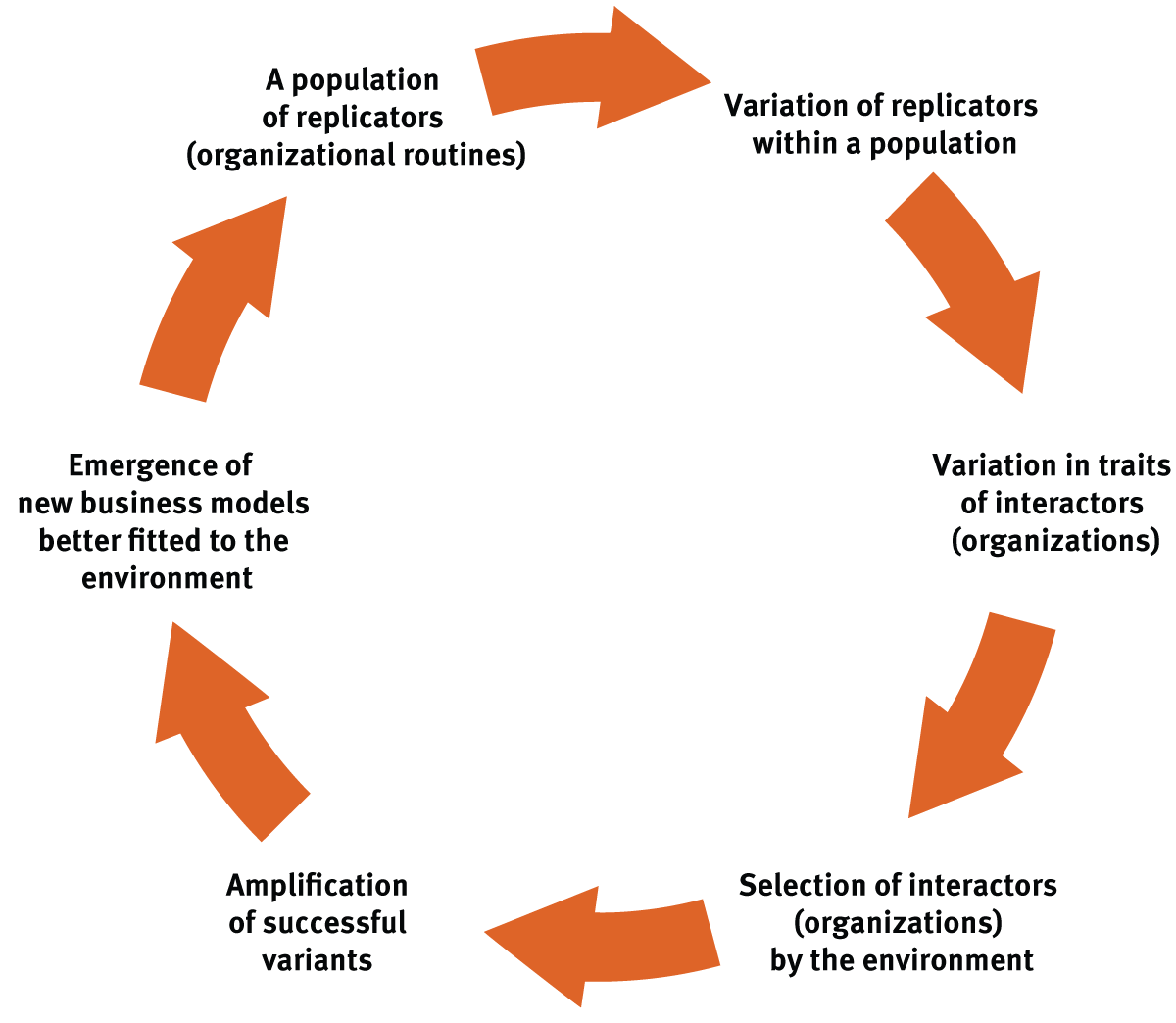Where Do Life Science Business Models Come From?
Executive Summary
In his forthcoming book, Darwin’s Medicine, Brian Smith argues that the emergence of new business models in the life science industry is explained by Darwin’s brilliant idea.
Everyone working in pharma, medtech and related sectors can feel the change: technology advancing, demographics and disease patterns shifting, economics and payer systems transforming. As a result, every senior executive is questioning his or her company's business model: What should it be? How can we change it? And yet, for all the urgency of these questions, what we know about the origins and evolution of business models is limited. Much of what is published is either unoriginal, irrelevant to our unique industry or both. It is this knowledge gap that my research group tries to fill. In a series of four articles scheduled to appear in In Vivo over the coming months, I hope to surprise and help the leaders of life science companies.
The starting point is to understand what our industry is: a complex adaptive system. Such systems can’t be predicted in the traditional sense of extrapolating from the past. Like the weather and the economy, our industry is capricious. If we’re to manage the future of our business models, we need another way of looking at the problem. Fortunately, we have one: Darwinian evolution. If you think Darwin’s theory belongs in biology books, prepare to be surprised. For the last 30 years or so, it has been used to explain the behavior of many industries, although to the best of my knowledge, my group is the only one in the world focused on the global life sciences sector. To understand how this advanced academic research applies in practice, allow me a little diversion into the science before I return to what it means to industry executives.
We often talk of a firm’s DNA without realizing that, in its routines, a firm actually has a direct analogue of biology’s double helix. Just like genes, organizational routines are contained in a body that interacts with the external environment.
In Darwinian terms, evolution doesn’t just mean gradual change. It means change via a three-step process of variation, selection and reproduction. It works at two levels: replicators, which are reproducible information storage entities, and interactors, which are the replicator-carrying vehicles that the environment selects for or against. You probably remember Biology 101, in which variation of replicators (genes) and interactors (organisms) is selected for or against by the environment, leading to the emergence of new populations. (See Exhibit 1.) We call these new populations that share the same genes a species and, in simple terms, this is how new biological species emerge.
Exhibit 1
Emergence Of New Species

Darwin's Medicine
So how can high school biology explain where business models come from and guide the strategic choices of executives? That becomes clearer when you realize that replicators and interactors exist in the business world too. Firms store information about how to do things – from paying an invoice to filing for regulatory approval – in their organizational routines, which are stable, reproducible collections of activities. And precisely because they are reproducible information storage entities, organizational routines act as replicators, just like genes. We often talk of a firm’s DNA without realizing that, in its routines, a firm actually has a direct analogue of biology’s double helix. Just like genes, organizational routines are contained in a body that interacts with the external environment. The direct analogue of an organism is an organization. These fundamental parallels allow management scientists to understand the evolution of industries in exactly the same way as biologists understand their domain. Variation, selection and reproduction in industries leads to new populations of firms sharing the same organizational routines. (See Exhibit 2.) We call these new populations that share the same routines not species but business models. Darwin’s theory explains business model variation in the life science sector as effectively as it explains mammals, reptiles and birds.
Exhibit 2
Emergence Of New Business Models

Darwin's Medicine
That concise overview of evolution applied to business, rather than biology, might surprise you, but the real revelations come when Darwinian ideas are applied in detail to the life science industry. Recall that simple forecasting provides little foresight as to how business models will change and how firms might adapt to those changes. Using an evolutionary approach offers a powerful, practical new way to address those questions. By gathering and sifting through thousands of industry events, we can look for emergent patterns in the data. Such events include mergers and acquisitions, product launches and divestments and changes in the social and technical environment, along with many other industry episodes. Taken together and viewed through the lens of evolution, these give us insight into three areas:
- How myriad changes in the market, social and technological environments aggregate to create selection pressures that favor or disfavor certain business model traits;
- How those selection pressures fragment the life science industry landscape and lead to a mass-speciation event and the emergence of 26 new business models;
- How some firms are learning to accelerate their own evolution and, in effect, genetically engineer themselves to adapt to the future of the life science market.
In the next three articles in this series, I’ll discuss each of these three insights and how executives in the life science industry can apply them to their own firms. In doing so, I hope to improve your firm’s evolutionary fitness, upon which its survival depends.
Brian D. Smith, PhD ([email protected]) is a principal advisor at Pragmedic Ltd., a UK-based life science consultancy. He is also on the faculty of SDA Bocconi University, Milan and the University of Hertfordshire, UK.
Editor’s note: The articles in this series are based on Brian Smith’s new book Darwin’s Medicine: How Business Models in the Life Science Industry Are Evolving, which is published by In Vivo’s sister company, Routledge/Taylor & Francis Group. The book is available at Amazon and all good bookstores. In Vivo readers can obtain a 50% discount on the book by going to this page and quoting code DAR230.
